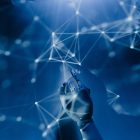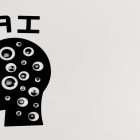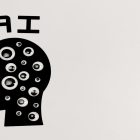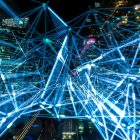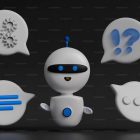The Dark Side of Artificial Intelligence: Uncovering Its Potential Risks and Downsides
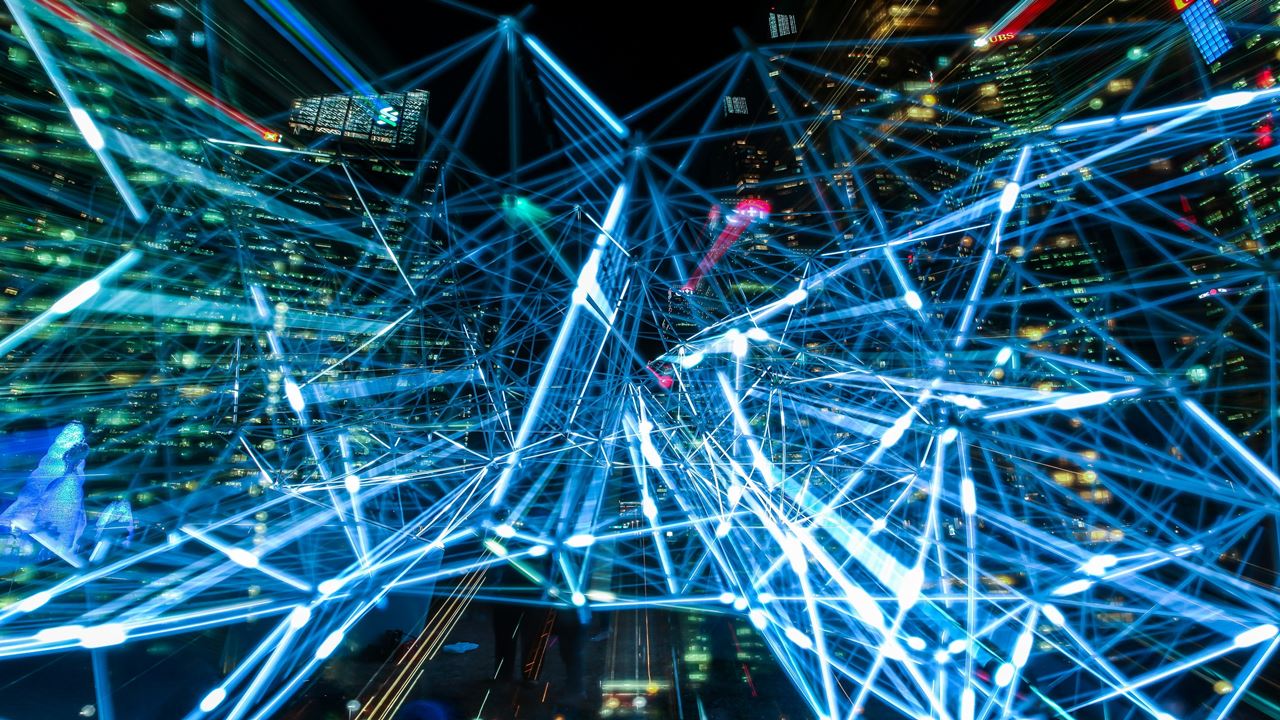
Dark Side of Artificial Intelligence (AI) is a buzzword in the technology industry, and its use has been growing rapidly in recent years. AI has brought about significant changes in our lives, from self-driving cars to personalized recommendations on social media platforms. However, as AI becomes more integrated into our daily lives, it is essential to recognize its potential risks and downsides. This article explores the darker side of AI, its potential risks, and how it can impact society in ways that we may not have anticipated.
1. Introduction
Artificial Intelligence is transforming the world we live in, making our lives easier and more efficient. It has made significant strides in various fields, such as healthcare, finance, and transportation, to name a few. However, AI is not without its risks and downsides. While AI offers many benefits, it also has the potential to bring about unintended consequences, such as job displacement, biased decision-making, and security threats. In this article, we will explore the darker side of AI, its potential risks, and how we can address them.
2. What is Artificial Intelligence?
Artificial Intelligence is a branch of computer science that aims to create intelligent machines that can perform tasks that typically require human intelligence. These tasks include image and speech recognition, decision-making, and language translation. AI systems can learn from experience and adapt to new data, making them capable of improving their performance over time.
3. The Positive Impact of AI
AI has already had a significant impact on various fields, such as healthcare, finance, and transportation. In healthcare, AI is used for early diagnosis of diseases and personalized treatments. In finance, AI is used for fraud detection and risk management. In transportation, AI is used for self-driving cars, making our roads safer and reducing traffic congestion. AI has the potential to revolutionize these fields and bring about many benefits to society.
4. The Dark Side of AI
While AI has many benefits, it also has the potential to bring about unintended consequences that can have a negative impact on society. In this section, we will explore some of the risks associated with AI.
Ethical Concerns
AI can make decisions that have ethical implications, such as determining whether to approve a loan application or hire a job candidate. However, AI decisions can be biased and discriminatory, leading to unfair outcomes. For example, AI systems that rely on historical data may perpetuate biases present in the data, leading to discriminatory outcomes. It is essential to build ethical and transparent AI systems that can make decisions without harming individuals or groups.
Bias and Discrimination
AI can perpetuate biases and discrimination present in the data it is trained on. For example, facial recognition software has been found to have higher error rates for people of color and women. It is essential to create fair and unbiased AI systems that do not perpetuate discrimination.
Job Displacement
AI has the potential to automate many jobs, leading to job displacement. This can have a significant impact on the workforce, leading to unemployment and economic instability. While AI has the potential to create new job opportunities, it is essential to re-skill and upskill the workforce to keep up with the changing job market.
Security Threats
AI can also pose security threats, such as the use of AI for cyberattacks and phishing. Hackers can use AI to generate convincing fake emails, making it difficult to distinguish between genuine and fake emails. It is crucial to have robust cybersecurity measures in place to mitigate these threats.
Dependency on AI
As AI becomes more integrated into our daily lives, we may become increasingly dependent on it, leading to a loss of human skills and judgment. It is crucial to balance AI with human intelligence and not rely solely on AI for decision-making.
Misuse and Weaponization of AI
AI can also be misused and weaponized for malicious purposes, such as the creation of deepfakes or the development of autonomous weapons. It is essential to regulate the use of AI to prevent misuse and ensure that it is used for the benefit of society.
5. Addressing the Risks of AI
To mitigate the risks associated with AI, we need to address them proactively. In this section, we will explore some of the ways we can address the risks of AI.
Building Ethical and Transparent AI
To build ethical and transparent AI, we need to ensure that AI systems make decisions that align with ethical principles and are transparent in how they arrive at their decisions. This can be achieved through the development of ethical frameworks and the use of explainable AI, which allows users to understand how AI arrived at a decision.
Creating Fair and Unbiased AI
To create fair and unbiased AI, we need to address the biases present in the data used to train AI systems. This can be achieved through the use of diverse data sets and the development of algorithms that account for bias.
Re-skilling and Upskilling the Workforce
To address job displacement caused by AI, we need to re-skill and upskill the workforce to adapt to the changing job market. This can be achieved through the development of training programs and educational initiatives that teach the skills needed for the jobs of the future.
Cybersecurity Measures
To mitigate the security threats posed by AI, we need to have robust cybersecurity measures in place. This can be achieved through the use of encryption, secure authentication, and other security measures that protect against cyberattacks.
Balancing AI with Human Intelligence
To avoid becoming too dependent on AI, we need to balance it with human intelligence. This can be achieved through the development of AI systems that work alongside humans, rather than replacing them.
Regulating AI
To prevent the misuse and weaponization of AI, we need to regulate its use. This can be achieved through the development of laws and regulations that ensure the ethical use of AI and prevent its misuse.
6. Conclusion
AI has the potential to bring about significant benefits to society, but it is not without its risks and downsides. As AI becomes more integrated into our daily lives, it is essential to recognize these risks and address them proactively. By building ethical and transparent AI, creating fair and unbiased AI, re-skilling and upskilling the workforce, implementing cybersecurity measures, balancing AI with human intelligence, and regulating AI, we can ensure that AI is used for the benefit of society and not to its detriment.
7. FAQs
What is AI?
AI stands for Artificial Intelligence. It refers to the development of computer systems that can perform tasks that typically require human intelligence, such as visual perception, speech recognition, decision-making, and language translation.
What are the potential risks of AI?
The potential risks of AI include job displacement, security threats, dependency on AI, and the misuse and weaponization of AI.
How can we address the risks of AI?
We can address the risks of AI by building ethical and transparent AI, creating fair and unbiased AI, re-skilling and upskilling the workforce, implementing cybersecurity measures, balancing AI with human intelligence, and regulating AI.
Can AI be biased?
Yes, AI can be biased. This is because AI systems are trained on data sets that may contain inherent biases. To address this issue, it is crucial to use diverse data sets and develop algorithms that account for bias.
Is AI going to replace humans in the workforce?
AI has the potential to replace certain tasks currently performed by humans, leading to job displacement. However, it is also expected to create new job opportunities. It is crucial to re-skill and upskill the workforce to keep up with the changing job market and ensure that humans remain relevant in the workforce.




